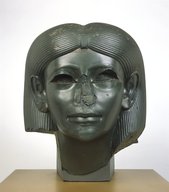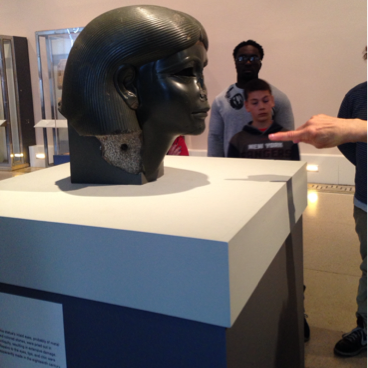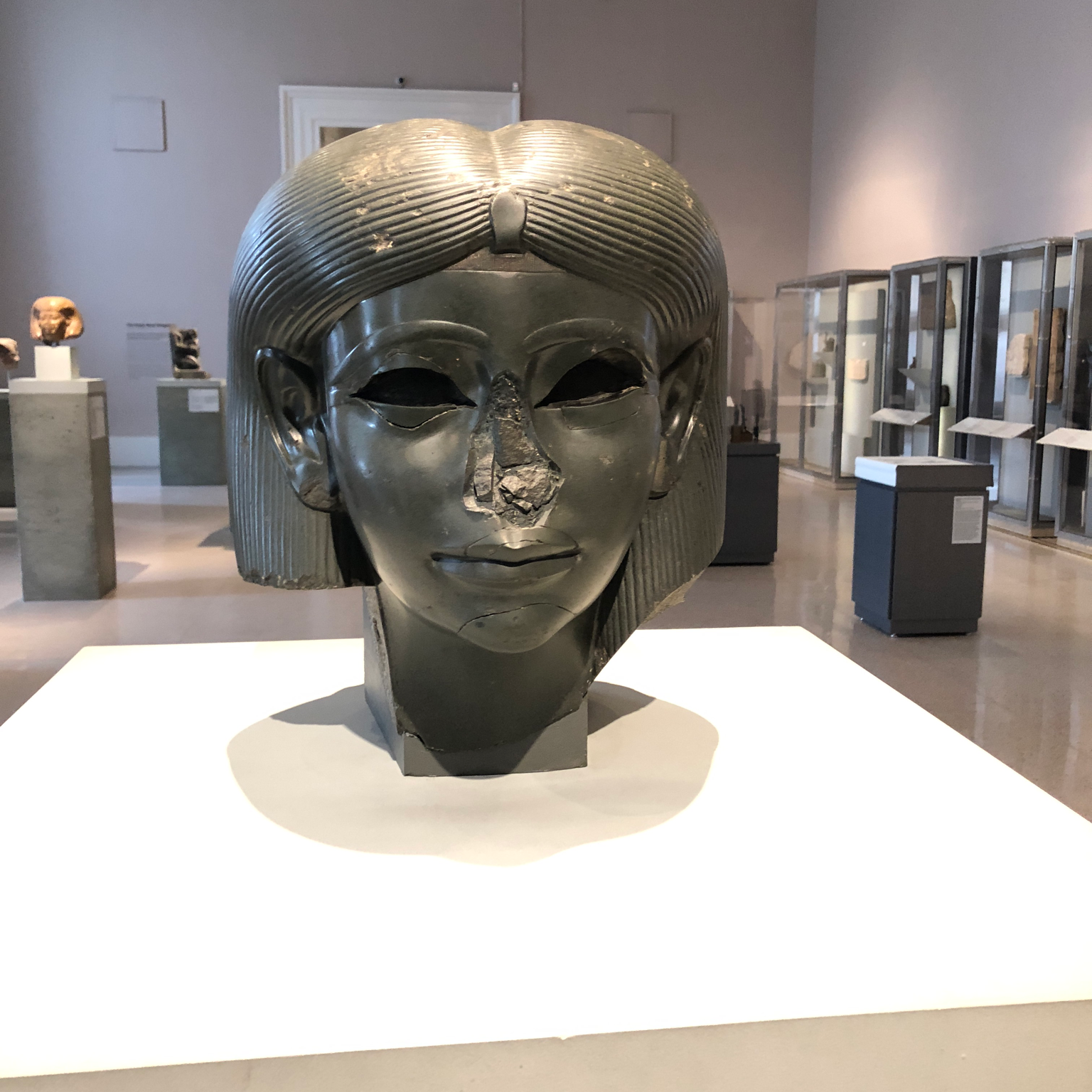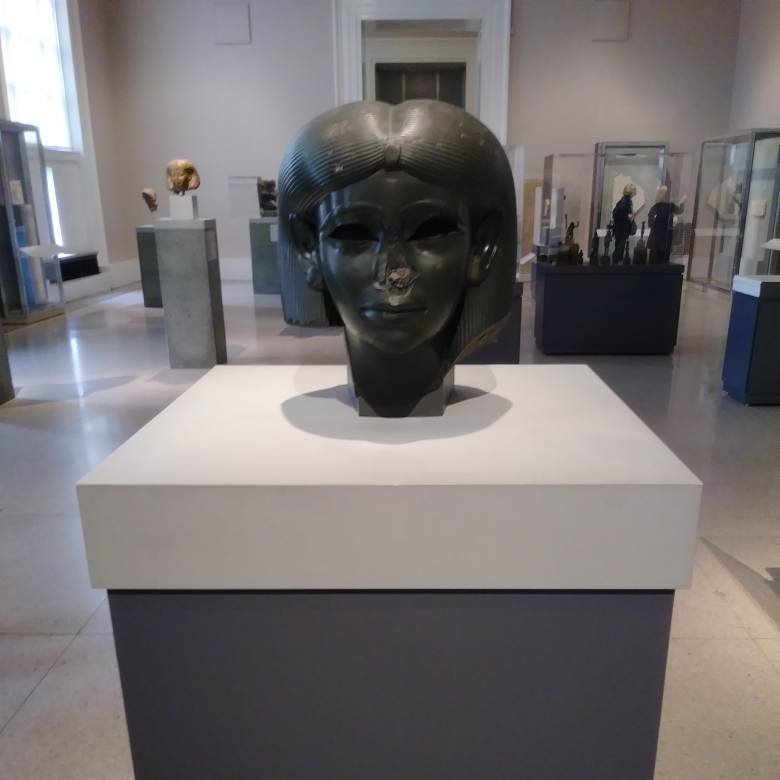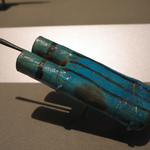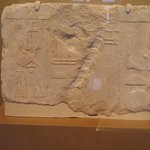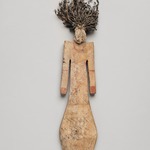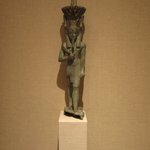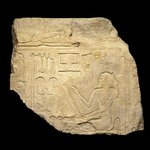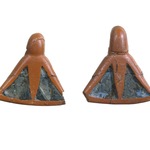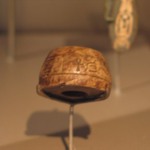

Head from a Female Sphinx, ca. 1876–1842 B.C.E. Chlorite, 15 5/16 x 13 1/8 x 13 15/16 in., 124.5 lb. (38.9 x 33.3 x 35.4 cm, 56.47kg). Brooklyn Museum, Charles Edwin Wilbour Fund, 56.85. Creative Commons-BY (Photo: Brooklyn Museum, 56.85_front_SL1.jpg)

Head from a Female Sphinx, ca. 1876–1842 B.C.E. Chlorite, 15 5/16 x 13 1/8 x 13 15/16 in., 124.5 lb. (38.9 x 33.3 x 35.4 cm, 56.47kg). Brooklyn Museum, Charles Edwin Wilbour Fund, 56.85. Creative Commons-BY (Photo: Brooklyn Museum, 56.85_threequarter_left_SL1.jpg)

Head from a Female Sphinx, ca. 1876–1842 B.C.E. Chlorite, 15 5/16 x 13 1/8 x 13 15/16 in., 124.5 lb. (38.9 x 33.3 x 35.4 cm, 56.47kg). Brooklyn Museum, Charles Edwin Wilbour Fund, 56.85. Creative Commons-BY (Photo: Brooklyn Museum, 56.85_threequarter_right_SL1.jpg)
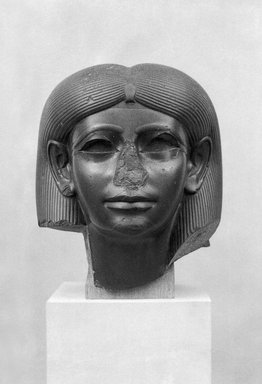
Head from a Female Sphinx, ca. 1876–1842 B.C.E. Chlorite, 15 5/16 x 13 1/8 x 13 15/16 in., 124.5 lb. (38.9 x 33.3 x 35.4 cm, 56.47kg). Brooklyn Museum, Charles Edwin Wilbour Fund, 56.85. Creative Commons-BY (Photo: Brooklyn Museum, 56.85_front_bw_SL1.jpg)

Head from a Female Sphinx, ca. 1876–1842 B.C.E. Chlorite, 15 5/16 x 13 1/8 x 13 15/16 in., 124.5 lb. (38.9 x 33.3 x 35.4 cm, 56.47kg). Brooklyn Museum, Charles Edwin Wilbour Fund, 56.85. Creative Commons-BY (Photo: Brooklyn Museum, 56.85_NegW_bw_SL4.jpg)
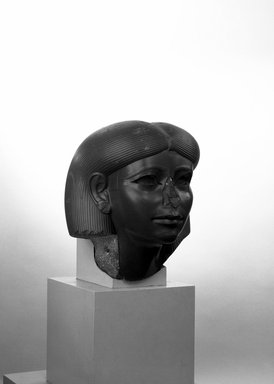
Head from a Female Sphinx, ca. 1876–1842 B.C.E. Chlorite, 15 5/16 x 13 1/8 x 13 15/16 in., 124.5 lb. (38.9 x 33.3 x 35.4 cm, 56.47kg). Brooklyn Museum, Charles Edwin Wilbour Fund, 56.85. Creative Commons-BY (Photo: Brooklyn Museum, 56.85_negH3_bw.jpg)

Head from a Female Sphinx, ca. 1876–1842 B.C.E. Chlorite, 15 5/16 x 13 1/8 x 13 15/16 in., 124.5 lb. (38.9 x 33.3 x 35.4 cm, 56.47kg). Brooklyn Museum, Charles Edwin Wilbour Fund, 56.85. Creative Commons-BY (Photo: Brooklyn Museum, 56.85_left_side_bw_SL1.jpg)
Head from a Female Sphinx
Egyptian, Classical, Ancient Near Eastern Art
On View: Old Kingdom to 18th Dynasty, Egyptian Galleries, 3rd Floor
This statue’s inlaid eyes, probably of metal and colored stones, were pried out in antiquity, resulting in extensive damage. Repairs to the eyes, lips, and chin were apparently made in the eighteenth century.
- Place made: Egypt
- Possible place collected: Heliopolis, Egypt
- Possible place collected: Hadrian's Villa, Rome, Italy
